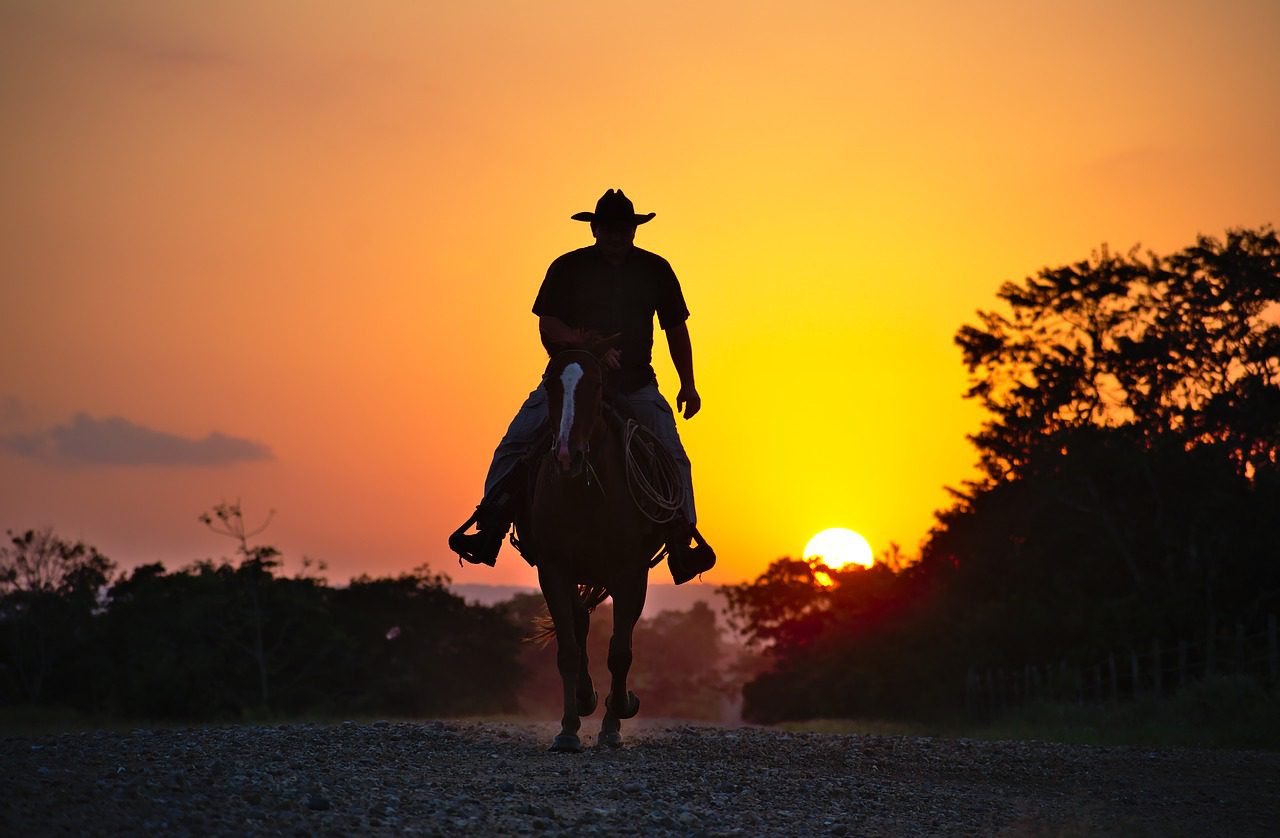A full 100% of the State of Wyoming is “abnormally dry,” according to the U.S. Drought Monitor . The state, along with Colorado, New Mexico and Utah, is one of the four “upper basin states” that are parties to the Colorado River Compact that governs how water is managed between seven basin states and Mexico.
. The state, along with Colorado, New Mexico and Utah, is one of the four “upper basin states” that are parties to the Colorado River Compact that governs how water is managed between seven basin states and Mexico.
97.2% of the state is experiencing moderate drought, characterized by low hay and forage yield. Under these conditions, producers give supplemental feed to cattle, fire danger is elevated, fire and firework restrictions are implemented and fewer wildflowers bloom.
Almost two-thirds of the state (59.9%) is suffering from severe drought, with poor pasture conditions and scarce hay. Water pressure is low and well levels decline in these conditions.
About 20% of the state is experiencing extreme drought, characterized by poor snowpack and inadequate surface water supply for farming and ranching.
The drought, coupled with high hay and fuel costs, is making life challenging for Wyoming’s ranchers, especially those in the northeastern part of the state. The Cowboy State Daily writes, “Add in record-high diesel prices following a relatively dry winter and there’s not a lot on the horizon at the moment to be celebrated.”
writes, “Add in record-high diesel prices following a relatively dry winter and there’s not a lot on the horizon at the moment to be celebrated.”
Cloud seeding is a tool that offers some promise, but as The Independent reports, is not fully trusted in Wyoming. The Independent acknowledges that cloud seeding requires more study and is not a blanket solution to climate change and the drought problem.
reports, is not fully trusted in Wyoming. The Independent acknowledges that cloud seeding requires more study and is not a blanket solution to climate change and the drought problem.
Last summer, the State of Wyoming launched a drought resources website to help with planning and resources for a variety of sectors, including agriculture.
to help with planning and resources for a variety of sectors, including agriculture.

